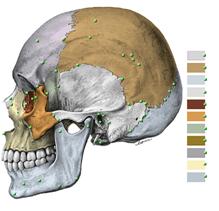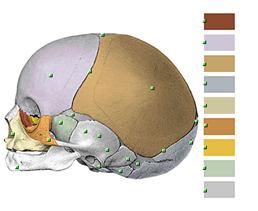Mehr Information
Hauptautor
Ciglaric, I.
Co-Autoren
Steffan, H.
Medientyp
PDF-Dokument
Publikationsart
Vortrag
Erscheinungsjahr
2008
Verlag
17. EVU Conference, Nice
Literaturstelle
Ciglaric, I.; Steffan, H.: Child Dummy and Children Injury Criteria Development by Using Scaling Methods. 17th EVU Conference, Nice 2008


English, 15 pages, 11 figures, 16 references
Existing injury criteria are developed on extensive analysis, for the limited size population (e. g. adults and corresponding adult-like dummies). By using different techniques scientists try to apply and adopt existing injury criteria to the other size dummies (e. g. children and child-like dummies). At the moment two techniques – statistical analysis and scaling – are used to develop appropriate injury criteria for different (non-standard) dummy sizes. As usual, necessary data for injury criteria development can be collected only for a specific type of the vehicle occupants under a given loading condition, (e. g. an adult male or female) as statistical analysis is limited for some type of occupants due to the ethnical reasons. This is clearly evident by the lack of biomechanical data available for the children. Under these circumstances scaling techniques and engineering judgement is a possible approach to develop injury criteria for other size occupants (e. g. children) [1]. Type of scaling that is currently most commonly used is dimensional analysis. For mechanical systems this technique allows the unknown physical responses of a given system to be estimated from the known responses of a similar system by establishing the fundamental scaling factors that are based on the ratios between the fundamental properties that characterize the two systems [2].